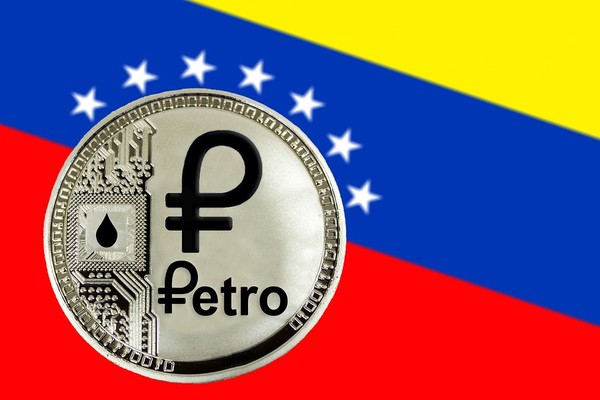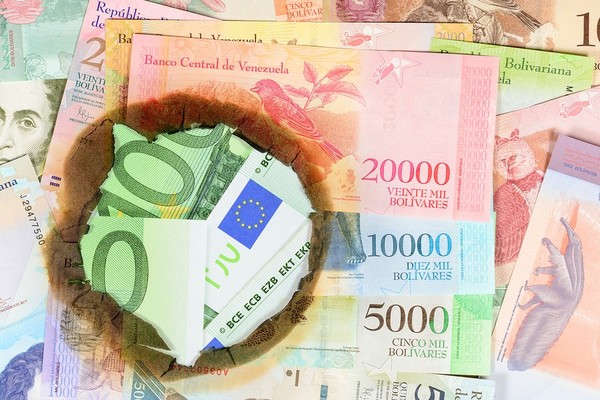
It is nothing new that bitcoin and altcoins, for quite a number of years, have had to fight through constant crackdowns and criticisms from various nations. Regardless of this, the global financial scene has witnessed an influx of projects seeking to reinforce the usefulness of digital assets.
This was probably why Venezuela decided to join the bandwagon with its first sovereign digital currency, Petro. However, far from pouring oil on troubled waters, Petro’s emergence was initially viewed with more skepticism, thus bringing up questions about its expediency in the country’s financial scenes and beyond.
Petro appears to be slowly establishing itself as recent reports have shown that Venezuelans are trading the asset on social media and some exchanges. Furthermore, the asset has been reported to be exchanged for goods and services by the locals.
With this in view, the question on the mind of many remains whether it is now a good time to invest in Petro. Making this decision means understanding its basics.
What Is Petro?
With Venezuela admittedly on the brink of an economic depression, Petro was positioned as the answer to the prayers of the nation. Born in 2017 and launched in 2018, Petro (PTR) was put forward as a supplement to the Venezuelan sovereign currency, thus fostering a link between the country and other global nations.

Subjected to the US government’s sanctions, Venezuela had to struggle to transact with international banks, thus restricting its control over moving funds. Petro would provide a means to exchange the country’s currency with others.
However, contrary to other altcoins’ boast of decentralization, the production and distribution of Petro are controlled by the Venezuelan government. It is backed and subject to the price of a barrel of oil in Venezuela.
How to Invest in Petro
Petro was created to be used as the advanced form of the traditional trade by barter system. The cryptocurrency was to be exchanged for goods and services in the country and perhaps beyond.
Hence, investing in Petro is done in various ways. The asset can be purchased through a government agency, Sunacrip. This agency has with it a crypto remittance platform which supports quite a number of digital assets such as bitcoin and Litecoin. As a result, Petro can be easily exchanged with other digital currencies.
The digital currency is also available on a number of state-sanctioned trading exchanges such as Amberes, Afx.trade, Bancarexchange.io, Criptolago.com.ve, Cryptiaexchange.com, and Cryptoexca.io.
However, trading on these platforms is not easy. It requires proper authorization and identification. Bancaraexchange, for instance, can be done with a social media account alongside state-issued identification papers.
Investing can also be done by over-the-counter (OTC) groups (also known as Petro Exchange group) with authorization to sell and exchange Petro for another virtual currency. Buyers, though, are required to send dealers proper identification documents along with a selfie with the documents.
How to Sharpen Your Investment Skills
Whether you are interested in investing in Petro or the wide variety of other altcoins available for investment, it makes sense to learn more about the digital asset space. Fortunately, that is easy to do. One great way to get started is to subscribe to the Bitcoin Market Journal newsletter and have the world of digital currencies delivered right to your inbox weekly.

